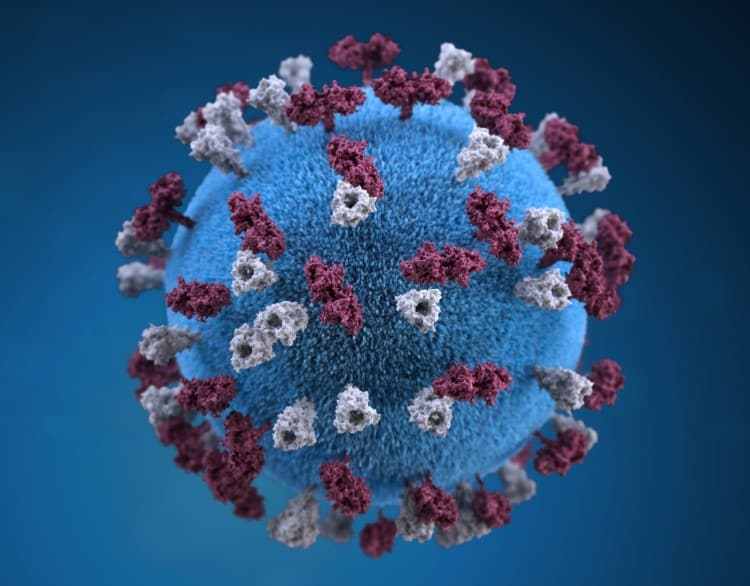
Rare Diseases and Why We Study Them
April 7, 2020 - Emily Newton
Revolutionized is reader-supported. When you buy through links on our site, we may earn an affiliate commission. Learn more here.
Whether it’s the common cold, the seasonal flu or something more dangerous, everyone knows many diseases can affect us. Many of these are caused by events that happen so often that we take them for granted. Flu season, for example, occurs every single year, so we make it a point to get our flu shots, wash our hands and sneeze into our elbows. The ones we don’t hear about are the rare diseases — conditions that might only infect a handful of people in a lifetime.
What are the rarest diseases in the world, which ones might be classified as ultra-rare and why is studying these conditions so important for the healthcare field?
The World’s Rarest Diseases
The FDA defines a rare disease as any condition that affects 200,000 or fewer people, meaning it impacts less than 0.0000266% of the population. You may never meet someone with one of these rare diseases, even though scientists have classified more than 7,000 of these conditions to date.
You may have heard of many of these rare diseases, at least in passing. Here are a few of the most well known “rare” diseases that impact people around the globe.
Progeria
Progeria, also known as Hutchinson-Gilford Progeria Syndrome, impacts one out of every eight million children around the globe. This congenital condition appears in childhood and causes premature aging during the first years of a person’s life. Studies have shown that this disease occurs due to mutations in a specific gene, the LMNA gene, but it’s not genetic.
Instead, it’s usually the result of a new mutation instead of something passed down from one parent. At any given time, only 200 to 250 individuals are living with progeria around the world.
Microcephaly
Microcephaly is a condition seen at or before birth, which causes a baby’s head to be smaller than normal. This condition also causes the brain to grow abnormally. There is no definitive cause for microcephaly, though most research suggests that exposure to harmful substances or even certain viruses in-utero can cause this rare condition.
This rare disease was in the news during the 2016 outbreak of the Zika virus, because studies showed that a mother contracting the Zika virus could increase her infant’s chance of developing microcephaly. Everyone’s brain needs a certain amount of space to grow. Conditions like microcephaly prevent healthy brain growth, which can lead to other developmental problems.
Morgellons Disease
Morgellons disease is one you may not have heard of, though it affects upwards of 14,000 families around the world. It’s a rare disorder that creates fibers under the skin, which can emerge without breaking the skin’s surface. It’s not very well understood, though people who experience it may be at higher risk if they’ve ever received a tick bite. However, it’s not a contagious condition, though it does share symptoms with Lyme disease.
Ultra-Rare Diseases
These are just a few of the thousands of rare diseases scientists have discovered. There are likely thousands more we haven’t defined yet, possibly because they haven’t appeared in the modern population. Other illnesses, like polio and smallpox, may be considered rare or even ultra-rare. However, it’s not because of their ability to infect people. They receive this classification because treatments have all but eliminated them in most of the population.
Now that we have an idea of what rare diseases are, what is an ultra-rare disease?
There is no official definition for ultra-rare diseases, although researchers suggest that conditions could be considered ultra-rare if they affect one patient out of every 50,000. Without a definitive interpretation, however, it’s hard to figure out what would be classified as rare and or ultra-rare.
Why Do We Study Rare Diseases?
While these illnesses only affect a small portion of the population, it is essential to study them. Why is this line of study so important?
Studying rare conditions does so much more than just help researchers find treatments or cures for the people living with these conditions. It can also help us find solutions that work well for the treatment of more common conditions. One example of this came from scientists studying the Niemann-Pick C1 protein, which causes Niemann-Pick disease. Scientists found that the NPC1 protein played a role in the criteria dictating which patients contracted the Ebola virus. This discovery helped them prevent that dangerous hemorrhagic fever from spreading.
Researching these rare or orphan diseases makes us look at the entire healthcare field from a new and unique perspective — one that we might not have recognized otherwise.
The Future of Disease Research
Rare diseases may only impact a small portion of the planetary population. However, that doesn’t mean we should disregard them or the people who live with them. More than 7,000 of these diseases exist. Researching each of them presents us with unique opportunities to make lives better and find solutions we might not have discovered otherwise.
Revolutionized is reader-supported. When you buy through links on our site, we may earn an affiliate commission. Learn more here.
Author
Emily Newton
Emily Newton is a technology and industrial journalist and the Editor in Chief of Revolutionized. She manages the sites publishing schedule, SEO optimization and content strategy. Emily enjoys writing and researching articles about how technology is changing every industry. When she isn't working, Emily enjoys playing video games or curling up with a good book.







